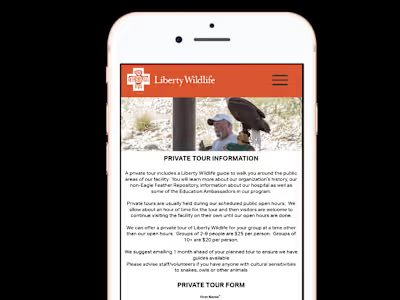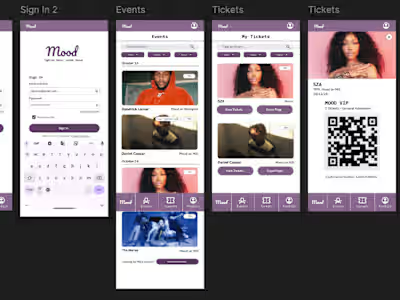Dog Eared Pages Project
Overview
Dog Eared Pages is a used bookstore located in Phoenix, AZ where users can buy, sell, and trade used books. Because it is a small buisness, their website has not been updated since 2008, and had usability and design issues as a result. The website had issues with aesthetic design, navigational organization, and text profusion and structuring. In the strategy report, these issues were addressed for the Homepage and Comfortable Classics page, and a wireframe was created for the final redesign of both.
Strategy Report
The project was structured around using Jesse James Garrett’s Five Elements of UX to address usability issues within an existing website design, which in this instance was Dog Eared Pages. The goal of the report was to use the findings in usability analysis to redesign the website in a way that was visually modern, had stronger organization, better readability, and used brand elements to appeal to web customers. Beginning with the strategy, user research was conducted in order to understand user needs and address current pain points on the website. For this research, four participants were selected and provided a form that included qualitative and quantitative questions regarding their demographic information, opinions and goals on the site, and areas of frustration or errors with the site. Additionally, research was conducted to determine marketplace value of a website like Dog Eared Pages and to home in on how the design can be improved to better achieve user desires with similar websites. After this, research was also conducted on industry competition by analyzing local competing businesses’ websites and determining differences in the sites compared to Dog Eared Pages.
Once the research, or ‘strategy’ phase, of the project was completed, it was then time to look at the scope. To do this, both functional and content requirements were determined based on the research conducted and goal set during the strategy phase. The content requirements included using Adobe CC for Adobe Color and beginning to design a new brand identity for the company and website. In line with this, a new logo, typography and font hierarchy were set as well. Once the functional and content requirements were laid out, it was time to move on to the structure of the website. Structure was the largest and arguably most important part of the the UX design in this project, as it encompassed how the website is interacted with by users, how it is organized, and the order in which information is presented, among other things. To begin, interaction design guidelines were set using the functional requirements to pin down user interactions and website responses. Once these were set for the two pages, it was time to move on to information architecture design. This used the content requirements determined to ascertain new organization, including a flexible structure that could be more easily adapted for the pages. Many of the changes surrounded navigation, but larger-scale organization of content was addressed as well to improve readability and understanding for the audience. Finally, a skeleton and wireframe were created using the information collected in research.
Skeletons and Wireframes
Like this project
Posted Feb 26, 2024
Created strategy report for the Dog Eared Pages website, using J. J. Garrett's 5 Elements of UX. Redesigned pages with skeleton and wireframes.






